The selection of a tennis racket has paramount importance in the proper combination of power, spin, and control according to your playing level. For a beginner, the right selection of a tennis racket helps him/ her for the development of skills right from the start of his/ her journey in tennis.
Factors for Selection of a Tennis Racket
Before going into details, for a beginner, it is important to know the different parts of a tennis racket.
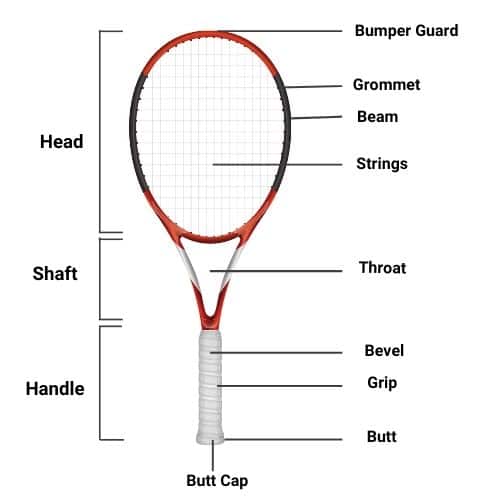
You have to judge a tennis racket based on the following factors.
- Head Size
- Weight
- Balance
- Length
- Stiffness
- Swing Weight
- Beam Width
- Stringing Pattern
- Grip Size
Head Size
Head size is one of the vital considerations in the selection of a tennis racket. The size of a racket head determines the area of the sweet spot where you will get more power on your shots. The higher the head size, the higher the sweet spot which will give you more hitting area. The head size of a tennis racket is of three types.
Higher Head Size = More Sweet Spot (Extended hitting area)
- Midsize: 85 – 97 sq. in.
- Mid plus: 98 – 104 sq. in.
- Oversize: 105 sq. in. and above
An oversized tennis racket is ideal for beginners for consistency to build up the game skills in the early stages. While mid-plus rackets are suitable for intermediate players, advanced players use midsize tennis rackets.
Weight
Based on weight, rackets can be classified into three groups.
- Lightweight (225 – 280 grams)
- Medium weight (280 – 300 grams)
- Heavyweight (300 – 325 grams)
Lightweight Racket = Easy to Maneuver
Heavyweight Racket = More Power and Stability
Beginners should use lighter rackets to increase racket speed for powerful shots. A lightweight racket is also easy to position which helps in spin generation and close netplay.
Medium-weight rackets lie between power and maneuverability which is advantageous to intermediate players.
Advanced players use heavyweight rackets for hitting groundstrokes with power and precision from the baseline.
Balance
Balance is one of the most important factors in tennis for racket selection. The balance of a racket denotes the weight distribution pattern along the length of a racket. In a tennis racket, there are three types of balance distribution:
- Head Heavy Balance
- Even Balance
- Head Light Balance
Head-heavy balance means more mass is concentrated towards the head of a racket. In a head-heavy racket, it is easier to impart energy to the ball for a powerful stroke. This type of racket is suitable for less experienced players.
In an even-balanced tennis racket, the weight distribution is equal between the head and handle. This type of racket is suitable for allrounders.
Head-light balance is just opposite to head-heavy where there is more mass towards the handle. It is easy to generate a topspin stroke with a head-light racket. Professionals love this type of racket.
Length
A standard racket length is 27 – 29 inches (For 12 years and above), but for juniors, shorter rackets are available which can be up to 21 inches. For juniors (below 12 years), shorter rackets give more control over shots. Though longer rackets transfer more momentum to balls for more power over shots and also are good for serves, they lag slightly on control.
Stiffness
Stiffness means how stiff a racket is. It is measured on a scale of 0 – 100. The higher the number, the more rigid the racket.
- High Stiffness: 68 and above
- Medium Stiffness: 64 to 67
- Flexible: 63 and below
Stiff Racket = More power but less control and feel.
Flexible Racket = More control but less power
Swing Weight
Swing weight refers to the amount of effort you have to give to swing a racket. Actually, swing weight depends on the weight and the balance of a racket. The advantage of a high swing weight is more power and stability and for a low swing weight, it is easier to generate spin.
A racket of higher swing weight feels much heavier than a racket of lower swing weight. While professionals prefer high swing weight (325 and above) for more power and stability, low swing weight rackets are for beginners who need maneuverability (305 and below). Medium swing weight (305 – 325) is preferable for intermediate players to get both stability and maneuverability.
Beam Width
The width of the beam has a direct impact on the energy transferred to a ball. Thicker beams transfer more energy to balls resulting in more power. Thinner beans are more flexible and have better control and feeling. They are more comfortable to hold as you will get less shock after the impact.
Thicker Beam = More Power
Thinner Beam = More Control
While power rackets have a beam width of 25 – 28 mm, a beam width of 18 – 21 refers to the control rackets.
Stringing Pattern
The stringing pattern represents the density of the main strings and cross strings. While main strings run vertically from top to bottom of the racket head, cross strings run sideways. There are a number of stringing patterns, out of which, the most common are:
16 x 19 = Open String ( More Spin)
16 → ( No. of Main Strings), 19 → ( No. of Cross Strings)
18 x 20 = Dense/ Close String (More Control)
The durability of strings is higher in a dense stringing pattern than in an open stringing pattern.
Grip Size
Grip size is one of the important criteria for the selection of a tennis racket. A proper grip size gives you the comfort of holding a tennis racket.
Grip size refers to the perimeter of a racket handle. The chart below depicts different grip sizes, starting from 100-102 mm and up to 115-117 mm as per European and US standards.
| Handle Perimeter (mm) | Europe | US |
| 100 – 102 | 0 | 4″ |
| 103 – 105 | 1 | 4 1/8″ |
| 105 – 108 | 2 | 4 1/4″ |
| 109 – 111 | 3 | 4 3/8″ |
| 112 – 114 | 4 | 4 1/2″ |
| 115 – 117 | 5 | 4 5/8″ |
You can measure your grip size in two different ways.
- Hold the racket with a forehand grip. If the grip size is correct, then the gap between your palm and the longest finger is the width of your index finger. If the gap is smaller than that, you need a larger grip, and for a larger gap, you need a smaller grip.
- In an alternative method, you may gauge the grip size by the use of a measuring scale. Place the scale in line with the intersection of your palm and fingers. Measure the distance up to the top of the fingers. This measured distance is your actual grip size.
If there is any doubt, you should always go with a slightly smaller grip as there is always a scope to increase the grip size by an overgrip. This also has the advantage of the fresh feeling of a new grip. Overgrips are cheap, so you may change them at any time as per your requirements.
If you like videos, check out the nice visual explanation from Tennis Warehouse.
Wrapping Up
I have tried to highlight the considerations that greatly influence the proper selection of a tennis racket.
If you have any questions, feel free to share them with me in the comment box below.
Thanks for continuing till the end.

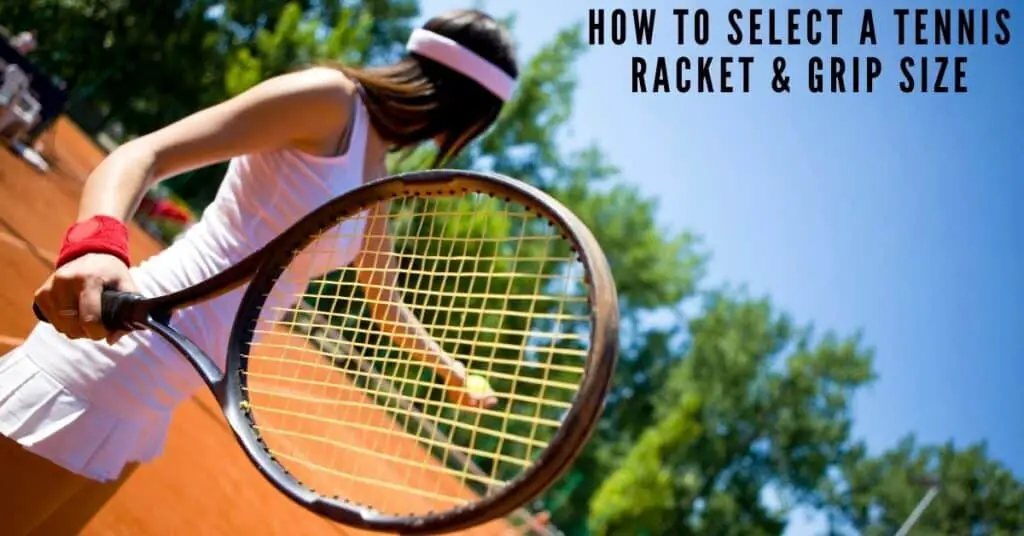
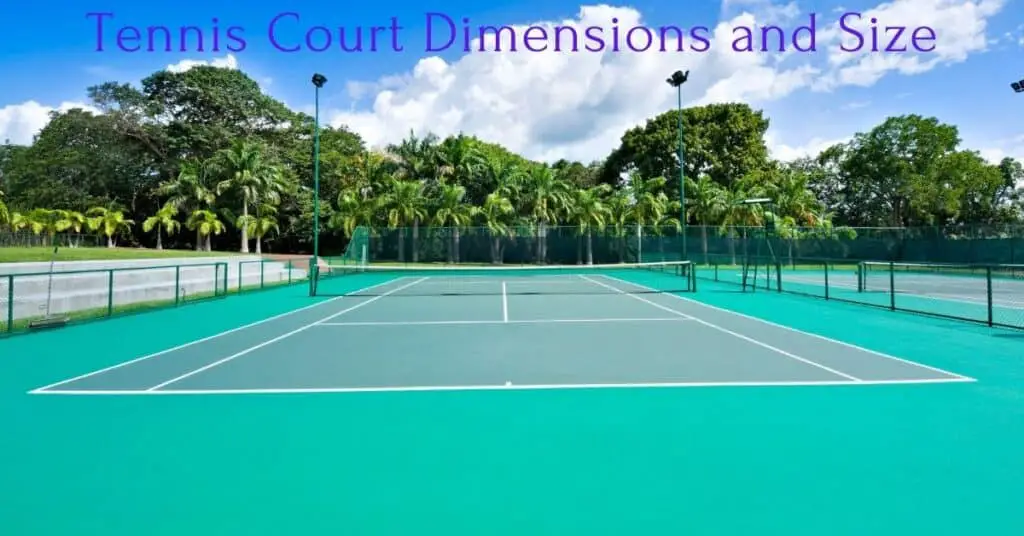
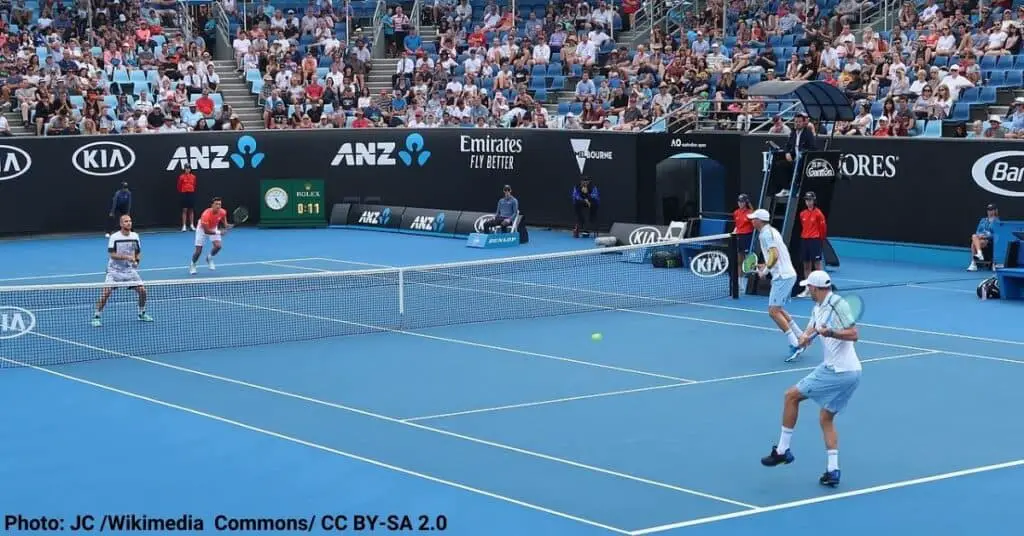
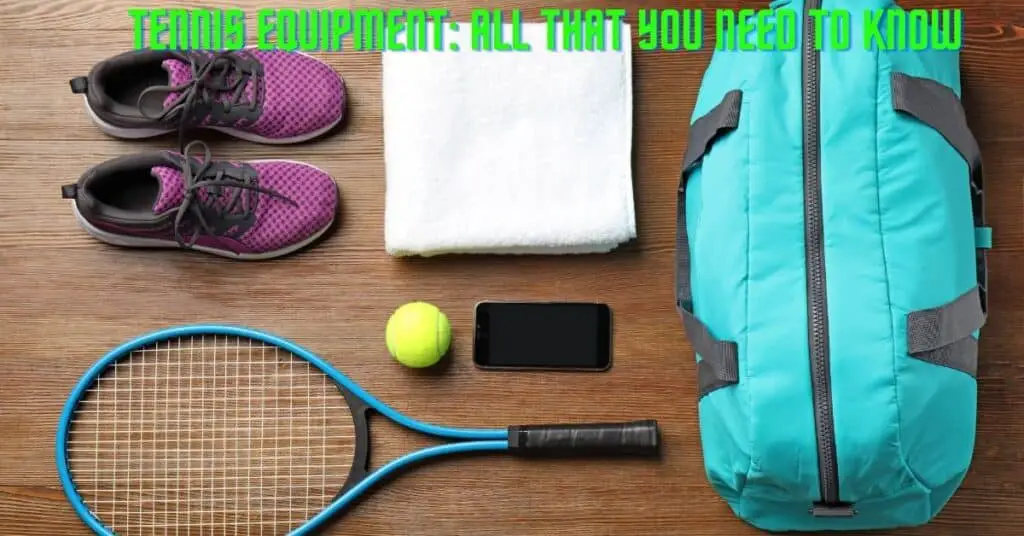
Thanks for sharing this information. This is really useful for beginners. Awesome content.
Thanks